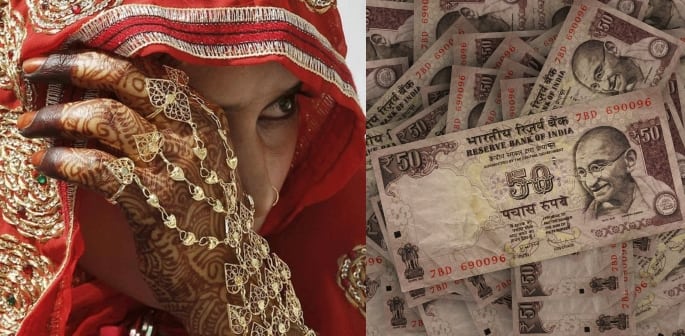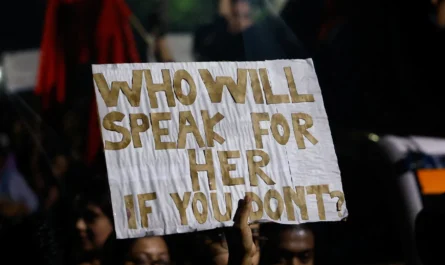In the name of GIFT :
Despite being illegal since 1961, the practice of dowry continues to thrive in modern India. It remains a deeply ingrained social evil that burdens families, devalues women, and leads to countless cases of harassment and violence. This article explores why dowry still exists in India and the steps we can take to eradicate it once and for all.
1. Why Does Dowry Still Exist in India?
Even in the 21st century, dowry remains widespread due to several factors:
a) Deep-Rooted Patriarchy
- Women are still considered a financial burden, making dowry a way to ‘compensate’ the groom’s family.
- The belief that men are the primary providers reinforces the expectation that brides must bring material wealth.
b) Social Pressure & Tradition
- Families fear social stigma if they don’t give dowry.
- Society glorifies extravagant weddings, making dowry seem ‘normal.’
c) Economic Motivations
- Some families see dowry as a way to improve their financial status.
- Higher dowries are often demanded for grooms with government jobs or foreign employment.
d) Weak Law Enforcement
- Despite strict laws, dowry-related crimes persist due to lack of enforcement.
- Many cases go unreported due to fear of family dishonor or legal complications.
2. The Consequences of Dowry
The dowry system has devastating effects on women and society:
a) Dowry Harassment & Violence
- Many women face domestic abuse, mental torture, and even death due to dowry demands.
- Dowry deaths continue to be reported, with brides being harassed or killed if their families fail to meet demands.
b) Gender Imbalance & Female Infanticide
- Families fearing dowry expenses prefer sons over daughters, leading to female foeticide.
- This has resulted in a skewed sex ratio in many parts of India.
c) Financial Strain on Brides’ Families
- Many parents take loans or sell property to afford dowries.
- This leads to long-term economic distress and generational debt.
3. How to Stop the Dowry System
While laws exist, social change is essential to eliminate dowry. Here’s what can be done:
a) Strengthening Legal Action
- Strict implementation of the Dowry Prohibition Act.
- Faster processing of dowry-related cases in courts.
- Stronger penalties for families demanding dowry.
b) Women Empowerment & Financial Independence
- Encouraging girls’ education and career growth to reduce dependency on marriage.
- Promoting financial literacy and entrepreneurship among women.
c) Raising Social Awareness
- Campaigns and workshops to educate families about the dangers of dowry.
- Encouraging families to say NO to dowry and report cases.
d) Supporting Victims
- Providing legal aid and helplines for women facing dowry harassment.
- Safe shelters and rehabilitation programs for survivors.
e) Changing Mindsets Through Media & Education
- Encouraging TV shows, movies, and influencers to promote dowry-free marriages.
- Including anti-dowry education in school curriculums.
4. Inspiring Stories of Dowry-Free Marriages
Several individuals and communities in India are taking a stand against dowry:
- IAS officer Dr. Rajendra Bharud refused dowry and set an example for others.
- In Kerala’s “Dowry-Free Village” campaign, thousands of families pledged to reject dowry.
- Many modern couples are opting for simple, dowry-free weddings to break societal norms.
5. Conclusion
Dowry is a practice that has no place in modern India. While laws exist, true change will come only when families and individuals take a firm stand against it. Women deserve to be valued for their talents, not their financial contributions. By raising awareness, empowering women, and refusing to participate in dowry transactions, we can build a future where marriages are based on love, equality, and respect—not financial exchanges.
Do you know someone who successfully rejected dowry? Share their story in the comments! Let’s inspire change together.




